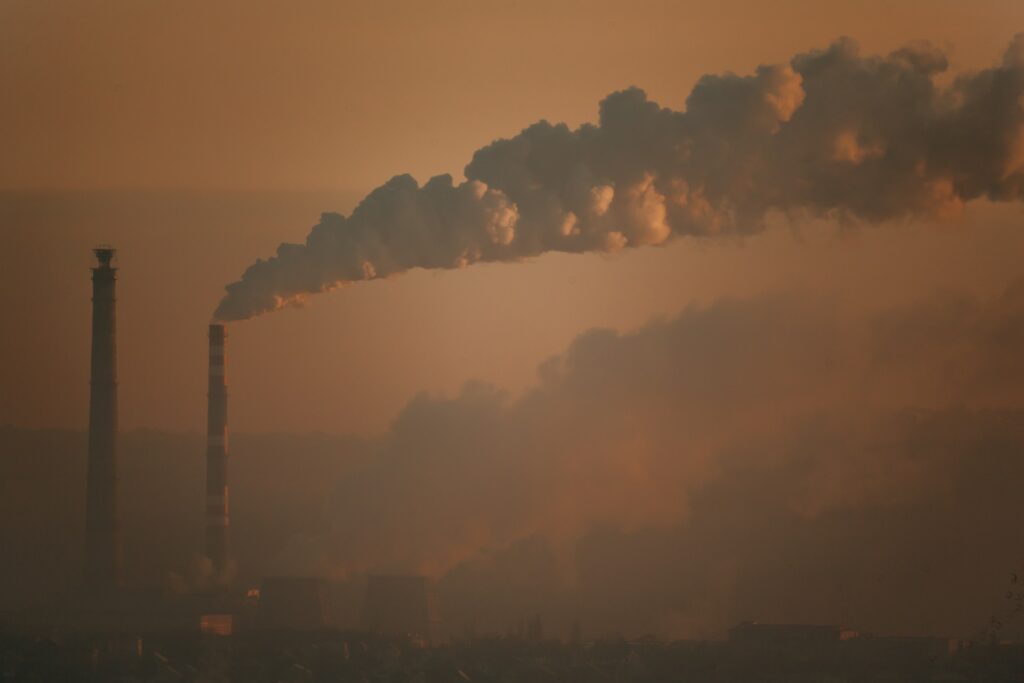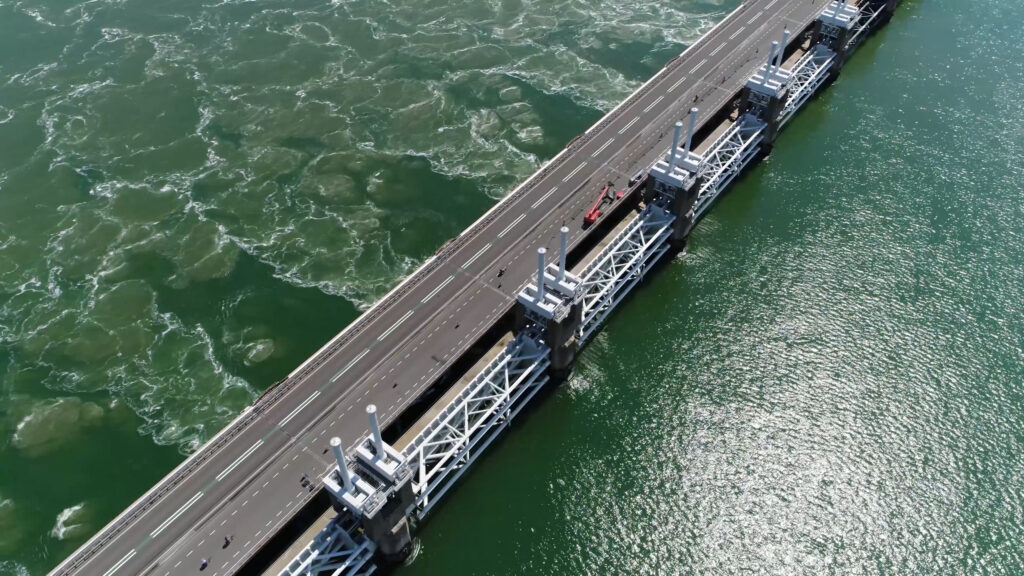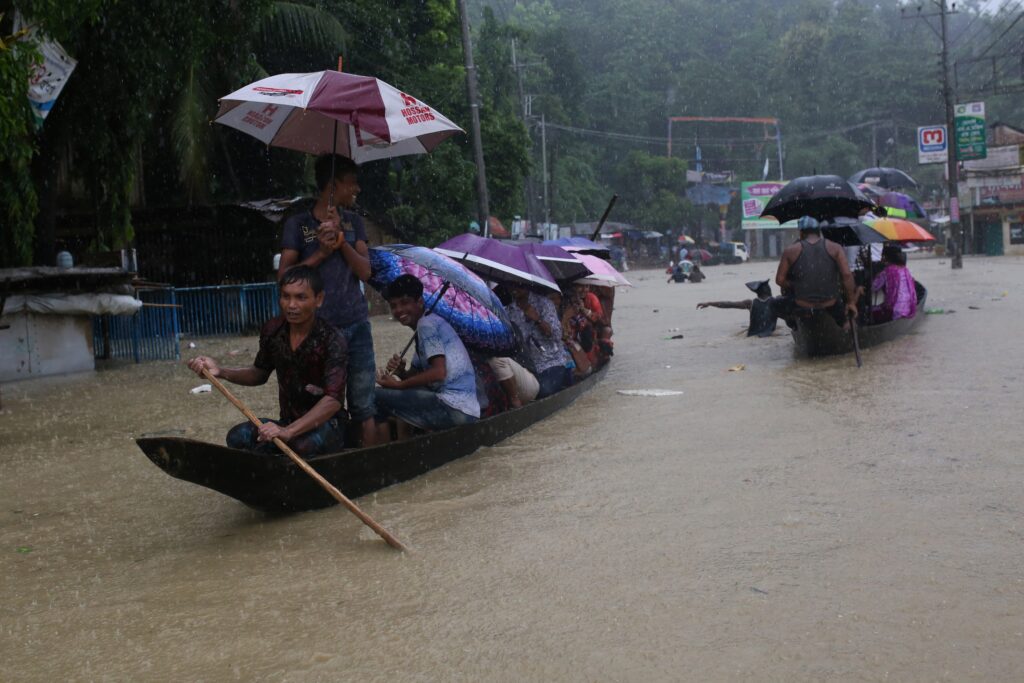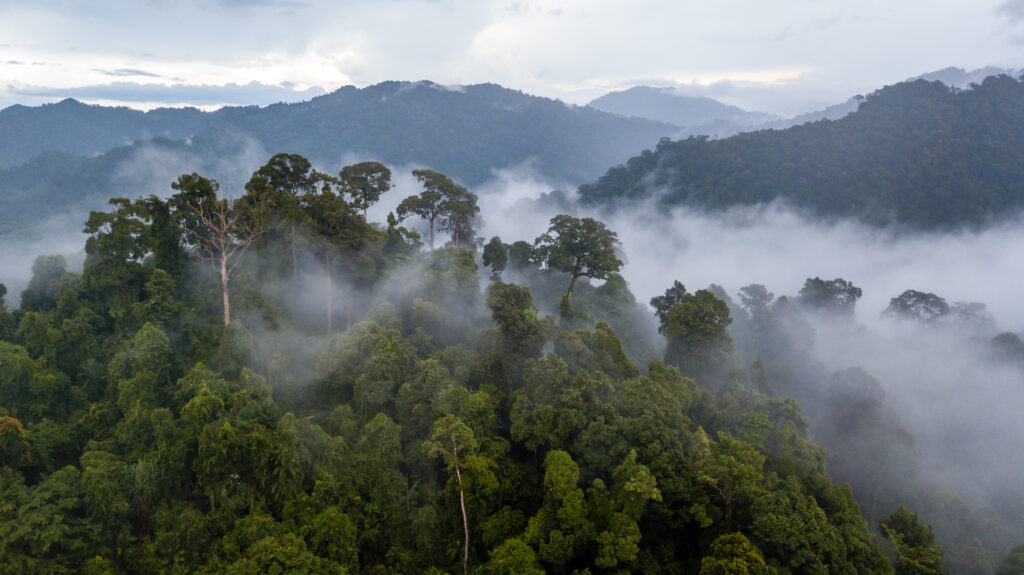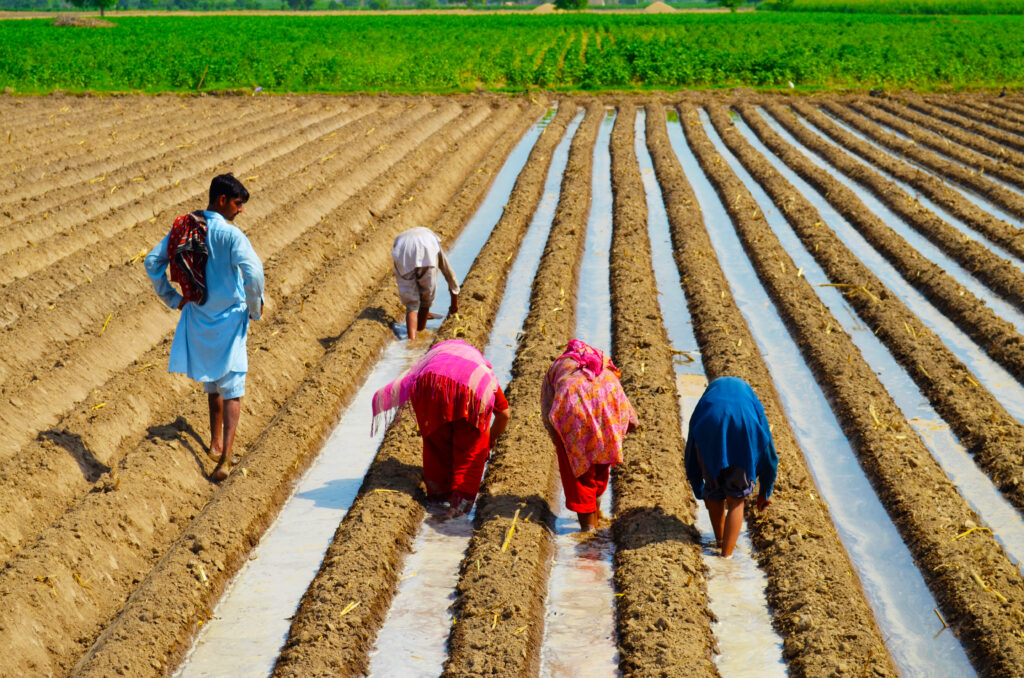Importance of Solar Energy in Nepal in 2024
Solar energy in Nepal presents a promising avenue to diversify the country’s energy mix. Currently, Nepal’s domestic electricity supply is almost entirely reliant on hydropower, which is susceptible to seasonal variations and the impacts of climate change, such as altered rainfall patterns and reduced snowmelt.
This vulnerability highlights the critical role solar energy in Nepal can play in stabilising and expanding its domestic renewable energy supply. Furthermore, it adds the possibility of creating an energy export economy for the country, which could be pivotal in boosting the country’s historically low per-capita GDP and lacklustre export sector.
Investment and growth in the solar industry represent a pathway for the country to not only enhance its energy security and reduce its carbon footprint but also improve the livelihood of its citizens.
The Current Solar Energy Landscape in Nepal
Nepal has an estimated potential solar generation of 50,000 TWhs annually, which is 7,000 times more electricity than the country currently uses. However, the country’s solar energy sector is underdeveloped, and just a fraction of solar energy is captured. Nepal has an installed solar capacity of around 55 MW, which produces over 133 GWh of energy annually. This accounts for just over 1% of the country’s electricity generation.
While still small, the country’s solar generation capacity has steadily grown over the last decade and is seven times larger than in 2015.
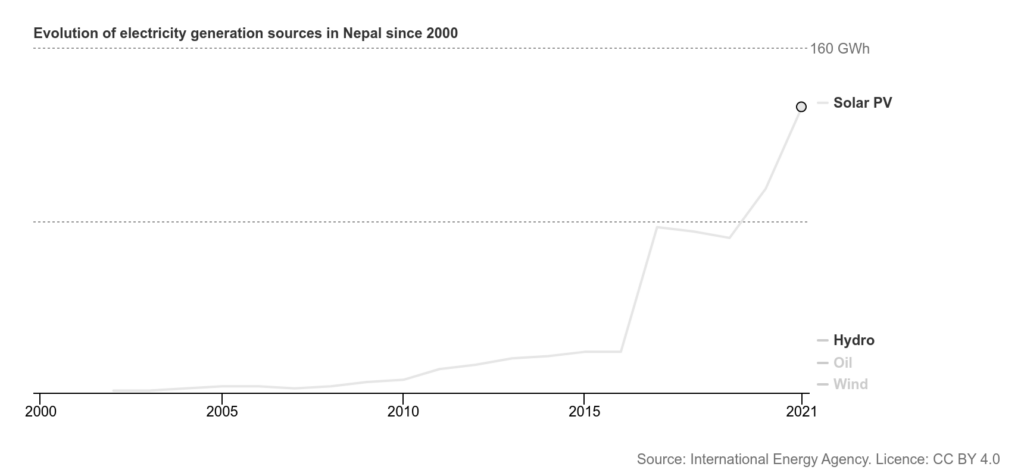
This is partially the result of a steady increase in home solar systems, which are a great solution for off-grid and rural areas of the country. Over 1 million distributed home solar systems are now present in the country, providing electricity access for historically non-grid-connected regions. On the other hand, the growth of utility-scale systems is slow, with the need for further government incentives to drive investment.
Nepal’s Largest Solar Power Plant
The relatively small size of Nepal’s largest operational solar power plant highlights the nascent stage of its utility-scale solar development. The 25-MW facility is located in Nuwakot and began supplying electricity to the Kathmandu Valley in 2022. This one facility accounts for nearly 50% of the country’s solar energy production capacity yet is just a fraction of the size of solar power facilities in neighbouring India, China, and Bangladesh.
However, the facility does show how foreign investors and international collaboration can help develop Nepal’s solar energy sector. The project is a joint venture between the Nepal Electricity Authority and Chinese energy developer Risen Energy Company with funding from the World Bank. These types of multi-stakeholder partnerships will play a crucial role in advancing all aspects of Nepal’s energy sector.
Solar Power in Nepal: Diversifying Renewable Energy Generation
The growth of solar power in Nepal is an attractive option for diversifying the country’s renewable energy capacity for several reasons.
First, Nepal receives about 300 days of sunshine annually, making it an ideal location for solar energy generation.
Second, the country’s NDCs target the continued growth of renewables, and solar is the most cost and time-effective option. Developing solar power plants costs around half as much, takes a fraction of the time and has a much smaller environmental footprint than hydropower facilities – which dominate the country’s current renewable energy mix. Additionally, solar energy is much more predictable than other renewable energy sources, allowing for efficient grid management and energy allocation.
Solar and Hydropower Working in Tandem
Furthermore, solar power can work as a hybrid energy system with Nepal’s existing hydropower network. The energy that solar power plants produce runs to hydropower facilities and is stored with pumped hydropower storage.
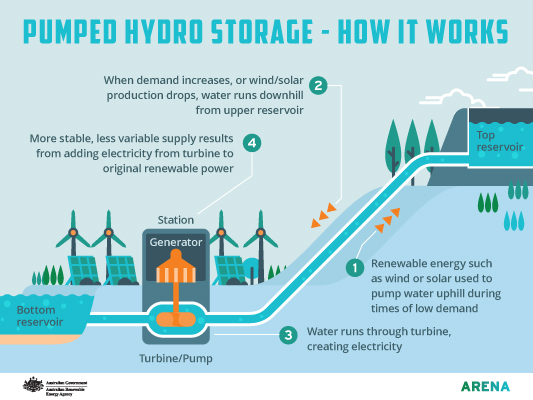
This helps eliminate one of the major risks of a renewable energy-dominated grid – variability. Excess solar energy is stored during peak sunlight hours and used during periods of low solar generation or high demand, ensuring a constant energy supply.
Pumped storage represents a low-cost energy storage alternative to options like batteries and hydrogen that are already readily available in the country.
Supportive Policies for Solar Development
The Nepalese government is recognising the potential of solar energy and has implemented several policies to encourage its development.
The Renewable Energy Subsidy Policy is a cornerstone of this initiative, offering subsidies and financial incentives to promote solar panels installation among individual homeowners and communities. These subsidies cover various solar technologies, including photovoltaic systems and solar water heaters, making clean and sustainable energy solutions more accessible to a broader segment of the population.
In addition to subsidies, recent policy discussions have advocated enhanced support mechanisms, such as tax incentives. These policy measures are designed to attract investment in solar technology, reduce the cost of solar projects and make solar energy a more competitive alternative to traditional power sources.
Solar Energy Production for Climate Adaptation and Mitigation
As Nepal progresses in its solar energy journey, the road ahead has both opportunities and challenges. The expansion of solar capacity not only contributes to national energy security but is also a critical component of the country’s climate adaptation and mitigation strategy and has an important role in reducing greenhouse gas emissions.
As climate change progresses, Nepal will face the brunt of climate impacts, which the Asian Development Bank estimates may account for a GDP loss of 2.5% by 2050. Solar power is a cost-effective way to reduce emissions and harden the energy grid to this changing environment.
However, realising this solar potential will require continued government support, investment in technology and public-private partnerships. The coming decade is pivotal for the country’s energy infrastructure and long-term climate planning.
Eric Koons
Writer, United States
Eric is a passionate environmental advocate that believes renewable energy is a key piece in meeting the world’s growing energy demands. He received an environmental science degree from the University of California and has worked to promote environmentally and socially sustainable practices since. Eric has worked with leading environmental organisations, such as World Resources Institute and Hitachi ABB Power Grids.
Eric is a passionate environmental advocate that believes renewable energy is a key piece in meeting the world’s growing energy demands. He received an environmental science degree from the University of California and has worked to promote environmentally and socially sustainable practices since. Eric has worked with leading environmental organisations, such as World Resources Institute and Hitachi ABB Power Grids.


